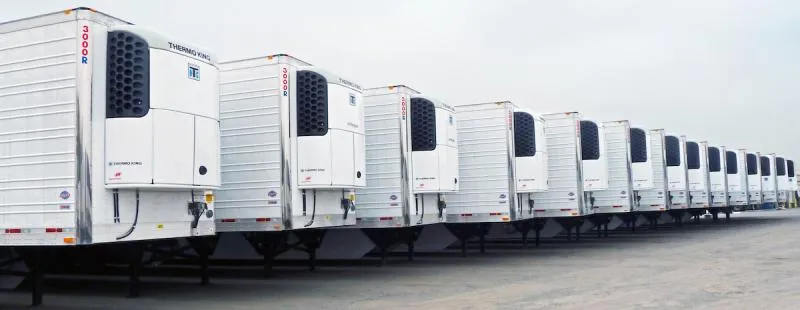Focusing on your small business’s sustainability isn’t just good for the environment — it can also benefit your bottom line. Thirty-two percent of consumers are willing to pay more for sustainable goods and 66% rank sustainability as one of their top five drivers behind a purchasing decision, according to the 2022 Sustainability Study from Simon-Kucher & Partners, a global consultancy firm.
While investing in sustainability may seem out of reach for some business owners, it doesn’t have to be. Learn how to decrease your ecological footprint — and even save money — with these three tips.
1. Reduce your energy consumption
One of the easiest ways to improve your business’s sustainability is to reduce your energy consumption, says Casey Donahue, founder of Optiwatt, a tech company that helps electric-vehicle owners lower electricity costs.
You can make simple changes such as opening windows for light and ventilation or changing the time the power goes on and off. You can also remind employees to be mindful of their energy usage and encourage remote work, if possible.
Investing in smart, energy-efficient technology such as thermostats, heaters, refrigerators or lightbulbs is a fantastic way to reduce your energy consumption, Donahue says. Some utility companies offer rebates for businesses that use or upgrade to these types of equipment, he adds.
Salt River Project, for example, a not-for-profit company that provides power and water in Arizona, offers rebates up to $300,000 for business customers that use energy-efficient lighting, heating, ventilation and air-conditioning systems, and data centers.
Some companies will analyze your energy usage and identify areas for improvement. Energy Hippo, for instance, offers software that collects billing and meter data to track utility usage and costs over time and location. With this data, you can determine the operational changes that will have the greatest impact on your energy consumption.
2. Check your supply chain
It’s important to think about the life cycle of your products, says Ryan Lynch, practice director of sustainability for the British Standards Institution, or BSI.
Start with your inventory: Where do you source your products from? Look to source your materials from environmentally friendly companies. Third-party certifications, such as B Corporation or Fairtrade, can help you determine whether a sourcing partner is sustainable.
Consider how you package your products and what materials you use. You may be able to switch to sustainable packaging, use less packaging or avoid materials, like plastic or Styrofoam, that aren’t eco-friendly.
You should also think about the manufacturing process and end of life for your products, Lynch says. Are there ways you can improve a product’s design to make it more usable for the consumer? What happens when the consumer is done with the product — is it going to end up in a landfill, or are there options for recycling or remanufacturing?
And if you’re able to make sustainable changes to your supply chain, that’s something you can advertise and market to customers. You’ll be able to unlock a user segment that will come back time after time, Donahue says, because the value proposition will resonate with the consumer — more than just the cost of the item itself.
3. Work with your city
The best way to improve sustainability will differ for every business, but turning to your city can be a great step.
Many cities have environmental programs and resources for small-business owners through their economic development department or similar government office. These programs can help you modernize your building, become more water-efficient or recycle waste. In Houston, for example, the Office of Sustainability oversees the city’s initiatives to reduce greenhouse gas emissions and improve energy efficiency. Through this office, you can learn about electric vehicles, composting and solar power programs, among other initiatives.
Some cities offer grants or other rebates for small businesses to invest in sustainability projects, says Luis Ramos, director of business advising at Accion Opportunity Fund, a nonprofit business lender. New York state, for instance, offers incentives, tax credits and financing options for businesses that want to install solar panels.
If you’re in a smaller geography that doesn’t have its own resources, you can also turn to the U.S. Small Business Administration, U.S. Food and Drug Administration or an environmental nonprofit. These organizations may be able to provide guidelines for you to follow, help you get a green certification for your business or keep you informed about sustainability best practices, Ramos says.







































